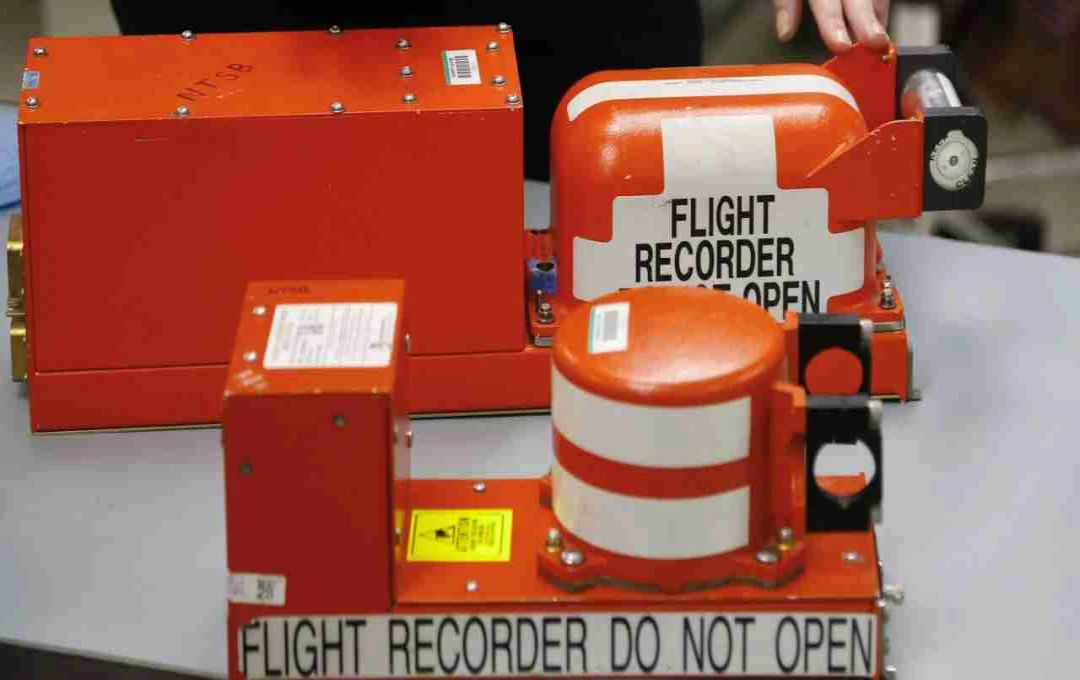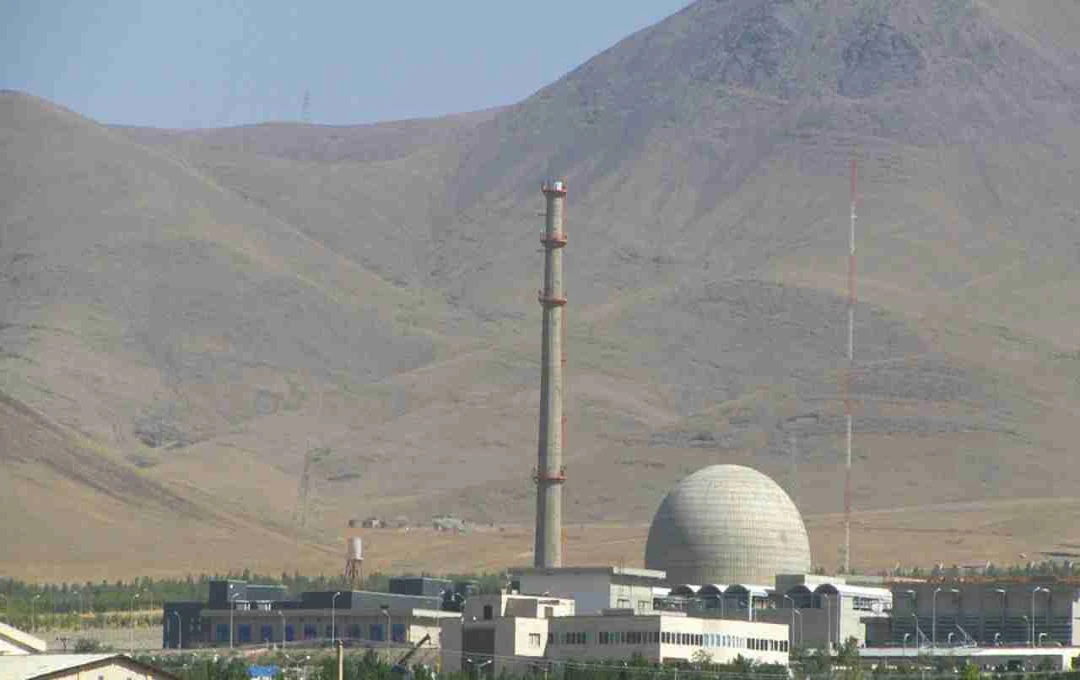The black box, technically known as a flight recorder, plays a crucial role in aircraft safety and accident investigations.
Black Box: The recent Air India accident in Ahmedabad has brought the 'black box' back into the spotlight. Despite its name, it's actually bright orange for easy visibility in wreckage. This device records every activity on board an aircraft, aiding in determining the causes of accidents. Let's understand what a black box is, how it works, and why it's so vital to aviation safety.
What is a Black Box?

A black box is actually a flight recorder comprising two main components:
Cockpit Voice Recorder (CVR): This records pilot and co-pilot conversations, radio communications, and cockpit ambient sounds.
Flight Data Recorder (FDR): This records hundreds of technical parameters, including altitude, speed, direction, engine status, and autopilot information.
Both devices are designed to withstand extreme temperatures, pressure, fire, and submersion. They are typically located in the tail section of the aircraft, as this area is relatively less damaged in accidents.
History of the Black Box
The concept of the black box was first developed in the 1930s by French engineer François Hussenot. He created a device that recorded various flight data onto film. It was named 'black box' because it was housed in a light-tight, seemingly black box.
After 1958, the Civil Aeronautics Board mandated black boxes in all commercial aircraft. The technology has continuously evolved, with modern black boxes capable of recording many hours of voice and data.
Why is the Black Box Orange?
Despite its name, the black box is always bright orange to ensure easy identification amidst wreckage at an accident site. It also features reflective tape. Its construction uses extremely b metal and it can withstand extreme temperatures (up to 1100 degrees Celsius).
How Does the Black Box Work?

The black box begins recording data as soon as the aircraft commences its flight. It records dozens of parameters every second, such as:
- Engine power
- Aircraft speed and altitude
- Gear and flap positions
- Pilot commands
- Autopilot activity
The CVR section retains the last two hours of conversation, while the FDR contains the last 25 hours of technical information. Investigators use this information to understand the sequence of events following an accident.
Locating the Black Box
When an aircraft crashes into the sea, the black box emits ultrasonic pinger signals that are detected using specialized equipment. This pinger remains active for 90 days, transmitting a 37.5 kHz signal every second.
Why is the Black Box Essential?
The black box is the most critical tool for determining the causes of any aircraft accident. It reveals the state of the aircraft systems and pilot activity during the accident. This allows for the identification of potential technical flaws or human errors, enabling the implementation of necessary measures to prevent future incidents.
Is the Black Box Indestructible?
Black boxes undergo rigorous testing. They must pass tests such as impacting a granite wall at 3400 G-force, withstanding fire at 1100°C, pressure at 6,000 meters underwater depth, and submersion in kerosene for 60 hours. However, even with this, damage can occur in rare instances.
The Future of the Black Box
With technological advancements, virtual black boxes are now being discussed, where aircraft data can be stored in real-time on the cloud. This would improve data availability after an accident and potentially reduce reliance on the physical black box. However, cost and cybersecurity challenges remain to be addressed.















